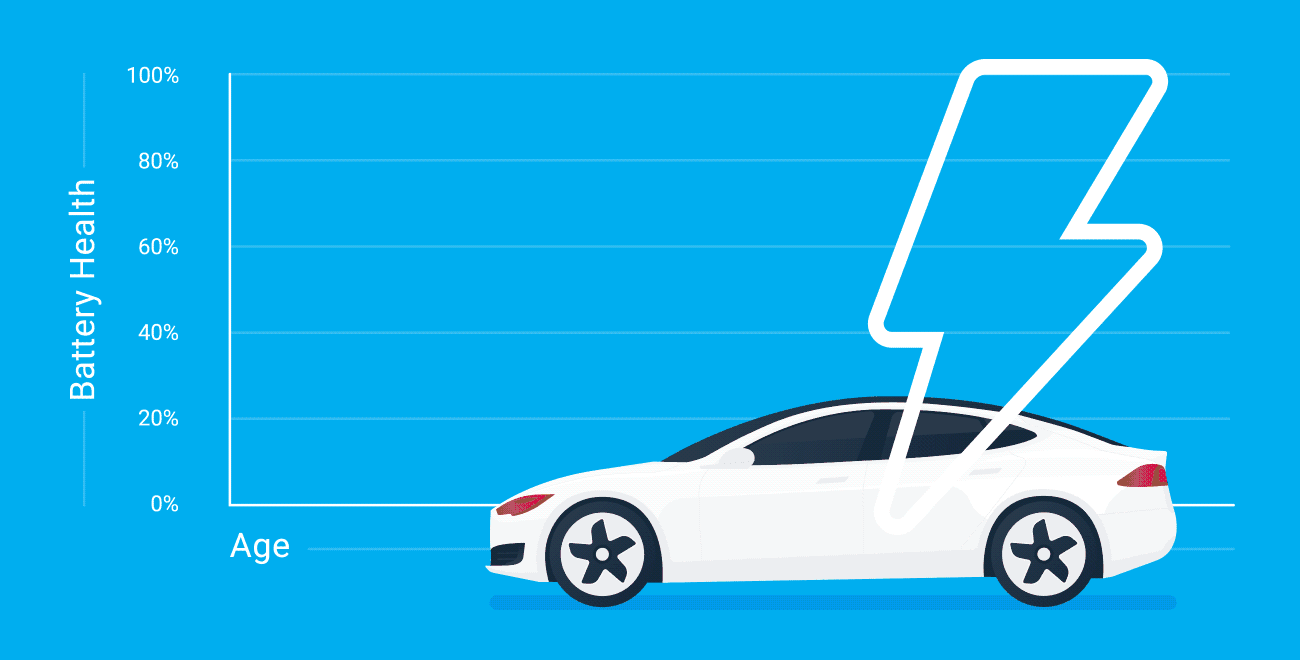The fleets of the future: connected vehicles, telematics and the importance of data for OEMs
Now more than ever, vehicle manufacturers (OEMs) are integrating telematics into their vehicles and it is estimated that by 2024, 82.7% of all vehicles manufactured will be connected. But what does this mean for your fleet?

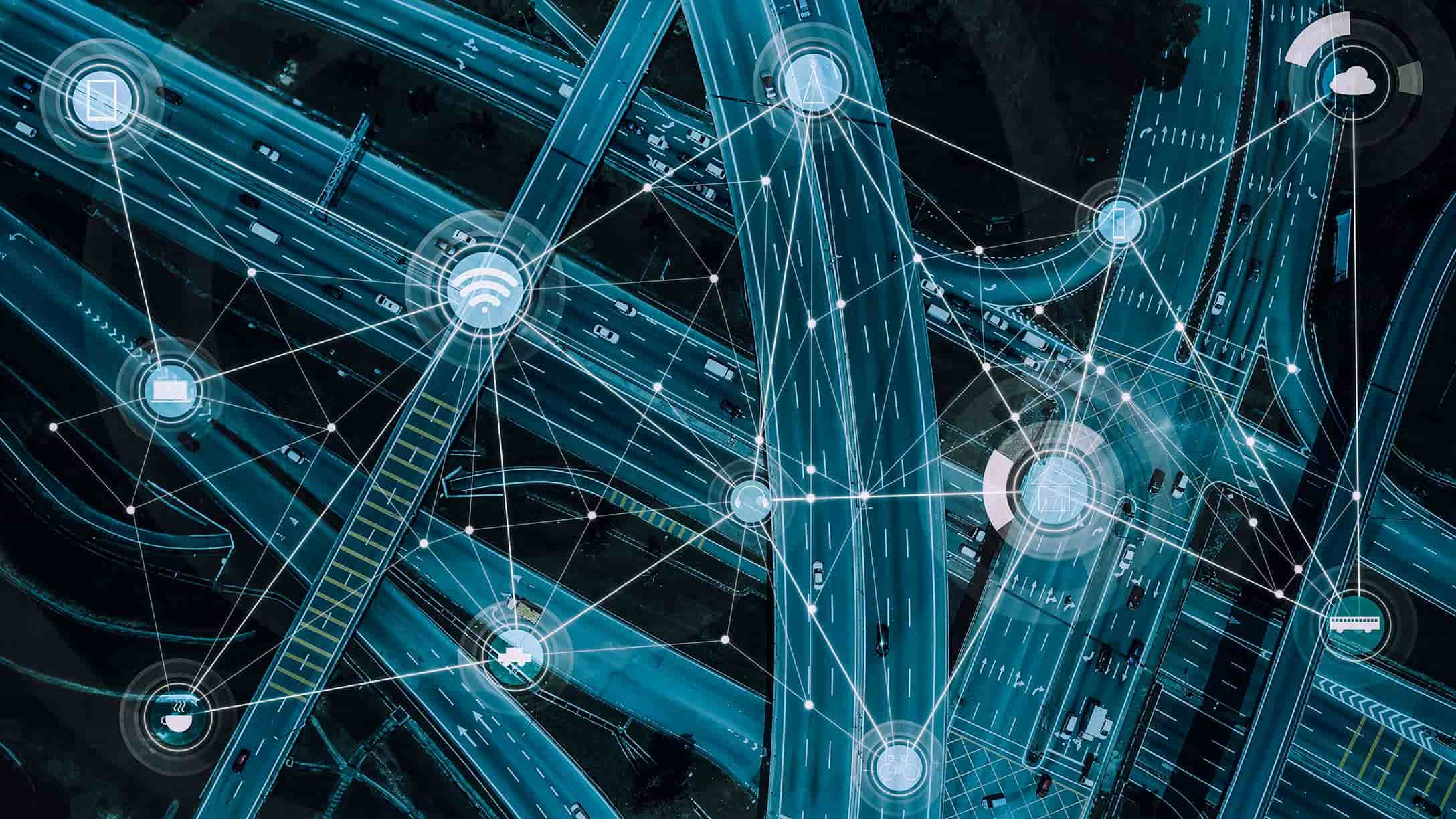
We interviewed Christoph Ludewig, VP for OEM Europe, to gain insight into OEM connectivity of the future and how Geotab is helping OEMs to be at the forefront when it comes to data.
There is an emerging trend among OEMs to equip their vehicles with telematics devices. In your opinion, what significance will these connected vehicles have for the OEM landscape in the future?
Well, connectivity is one of the four major trends that the automotive industry is currently undergoing. Alongside this, OEMs are working on autonomous driving, mobility services and electrification. However, connectivity can be considered a foundation for all the other trends. Without it, there would be no autonomous driving, no e-mobility and no shared services. That is why the OEMs are pushing the connectivity topic significantly.
What we need to keep in mind in this context is that OEMs usually think more about private drivers than fleet managers. They want to provide the driver with a perfect user experience, which can include: comfortable driving, new features in the vehicle, an app to monitor fuel consumption, the ability to access your private Spotify playlist etc. All to enhance the driving experience. As a result, OEMs are focusing on developing a variety of services that make drivers' lives easier. On the other hand, they also want to generate revenue. This can be done by using connectivity for on-demand functions, for which the driver pays extra, although this is heavily debated. Selling "functions on demand" means that they move from just one-time revenue derived from the sale of a vehicle to recurring revenue streams. Many of their future business models and approaches are based on the vehicle being connected to the Internet.
A new approach to the manufacture and use of cars is clearly underway. What are the biggest upcoming challenges for OEMs?
Fleet vehicles account for up to 50% of sales volume of OEMs in the EU, which means that this is a rather important market segment for them (apart from the other 50% of private customers). From an OEM perspective, the fleet segment consists of true fleet (the companies that operate vehicles for their own usage), rental companies and car dealers. This means that fleets are a pretty significant segment for OEMs. Yet, OEMs don't have a lot of expertise on how a fleet operates.
At the end of the day, an OEM always sees this segment from the vehicle perspective and is just one of several suppliers to a fleet. They provide a piece of hardware, a machine, but there are other providers (such as insurance, roadside assistance, fuel cards, tyre and accident management, and many more) that specifically help fleet managers run their fleets. And with this growing complexity, the role of the fleet manager is becoming more demanding. The fleet manager must be able to stay on top of the fleet and have a complete overview of all the different suppliers.
What can telematics contribute to these challenges? How can Geotab help here?
Telematics is the key to mastering fleet management. With telematics solutions like ours, the fleet manager can see every aspect of the fleet and all suppliers involved at a glance. Now, OEMs will most likely not expand their telematics offering for the fleet. It requires a lot of specialised knowledge and is, after all, only a side business for OEMs. What they can do, however, is learn how to get the most out of the data, which they can easily access because there are already devices in the vehicles that generate that data.
Now, at Geotab, we have several ways to get OEMs ready for the data game and help them develop recurring revenue streams by leveraging their data. We offer OEMs an additional sales channel: B2B monetisation, focusing not only on the driver but on the fleet manager as well. For example, we can feed the vehicle data from their cloud into our cloud and make it available to our MyGeotab fleet management portal. A good example of this is our latest integration: Renault. Renault has different models and hardware types. At Geotab, we are able to integrate these different types of hardware step-by-step to get the data from the vehicles. The data can then be viewed on one consolidated platform, MyGeotab. This is a very significant partnership for us and we are very excited about it.
You mentioned the collaboration with Renault as an example of Geotab's collaboration with OEMs. Can you explain Geotab's approach to work together with OEMs?
First of all, we need good, high quality data from the OEMs. We are currently in the stage where OEMs are learning how to work with data, how to share it with companies like Geotab and yet they are a little bit resistant to a data driven business model. They traditionally think in hardware, in tangible assets and not so much in data. That is why we are in discussions with most OEMs to introduce ourselves as a strategic partner which can contribute to their business.
We show OEMs how our customers use the rich data that our GO device provides and how it supports their business. For example: what reports they use, what efficiency gains they have and how it supports their sustainability efforts and transformation to an electrified fleet. We do this to make them understand how we work with the data, on behalf of our customers, so they see the value in providing the data access.
Obviously there are several good reasons to use the data from the factory-fit telematics devices: no cost and time for installation of a second device in the vehicle and easy remote activation (click and play solution). The fleet manager can access the data without anyone even touching the vehicle.
How do you paint the picture of OEM connectivity in the future and why is Geotab so committed to OEM telematics?
Current studies state that approximately 50% of the vehicles that leave a factory have a telematics device installed already. In the near future, almost all vehicles will be connected to the Internet. This means that there will be less need to install our own devices in the vehicles. To put it more drastically: it would be a waste of resources to install a telematics device when one is already in place. Yet, we do see that this depends on the data quality provided by the OEM and there will always be a need for specialised telematics use cases that demand specialised hardware in the vehicle.
At Geotab, we understand that the future of our business depends heavily on how we collaborate with OEMs.
In order to do so, we follow 3 strategic pillars:
- Integrate with all OEMs in Europe
- Increase data depth/richness to make it comparable to the data provided by the GO device
- Provide know how and technology to the OEMs to help them to establish profitable data driven business models)
We are convinced that the only constant is change and we shouldn't just stick to one product (although a product that works extremely well), but as every successful business, we have to constantly reinvent ourselves. We are not only a part of the change, we drive this change and work with OEMs to shape the future of the automotive industry.
Subscribe to the Geotab Blog

Vice President - OEM, Europe
Subscribe to the Geotab Blog
Related posts
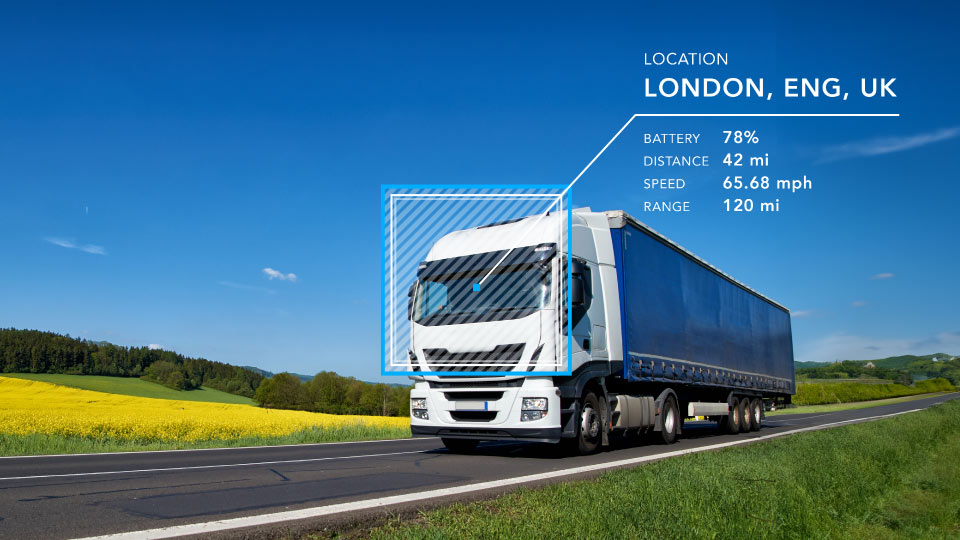
Driving smarter: Insights from Geotab’s “Taking Charge” Report
August 8, 2024
2 minute read
-EN-Na-final-July24_Card-1x.jpg)
Gross Vehicle Weight Rating: GVWR for heavy loads and lorries
June 26, 2024
2 minute read

The art of the possible: Insights from Geotab’s “Taking Charge” Report
June 20, 2024
3 minute read
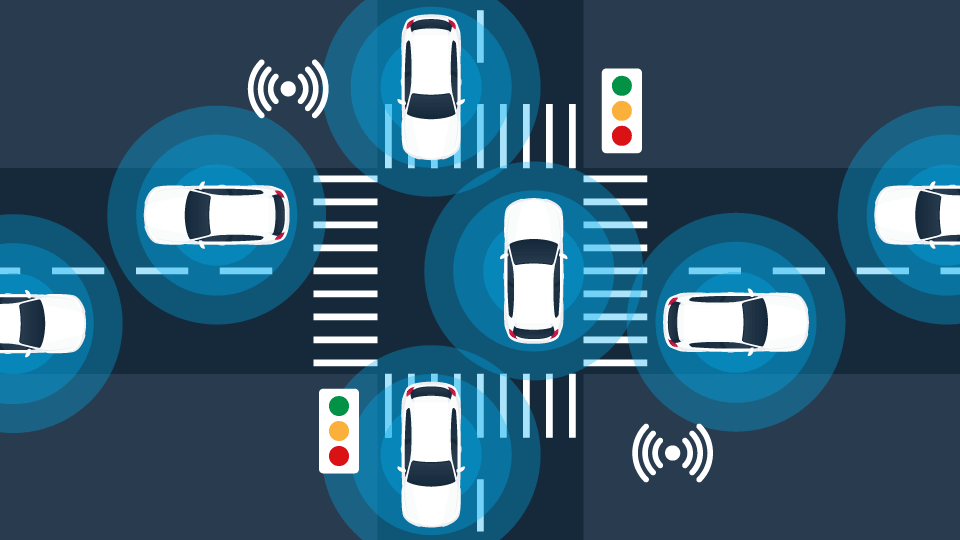
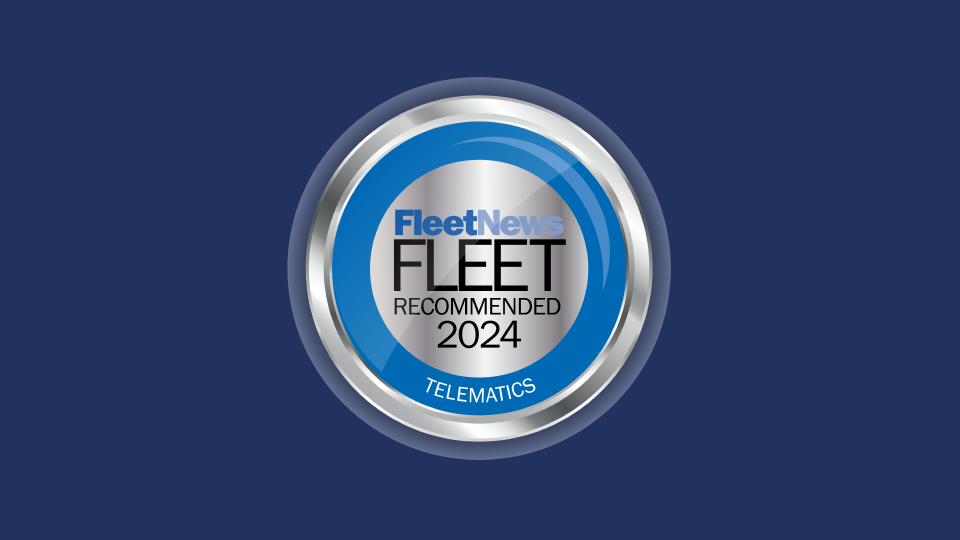
Geotab secures a spot in the Fleet News Reader Recommended in Telematics
May 16, 2024
4 minute read

